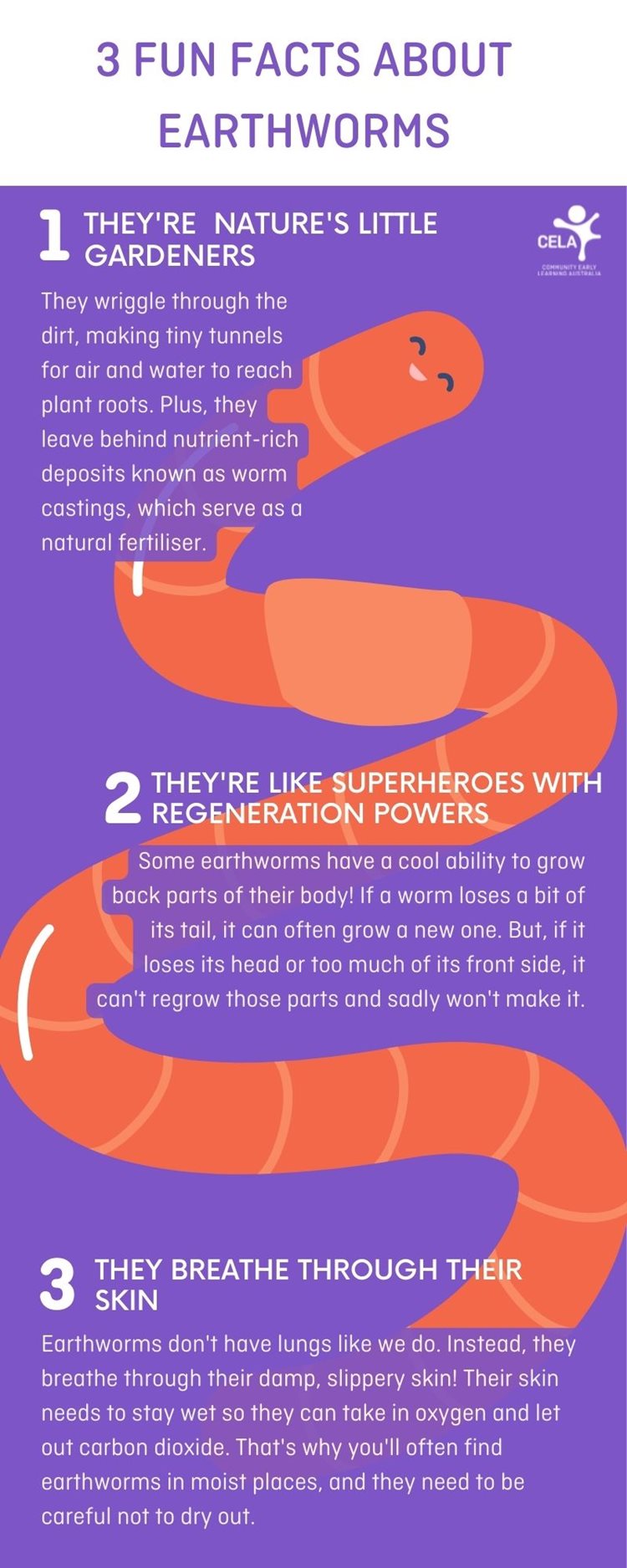The Only Guide for North Carolina Worms
Table of ContentsThe Main Principles Of North Carolina Worms The Ultimate Guide To North Carolina WormsSome Of North Carolina WormsOur North Carolina Worms Statements
Example: 1-gallon of worm spreadings to 4 gallons of potting mix. 1/2 cup in the bottom of the growing hole for smaller plants. 1 mug for bigger plants.
The addition of tea can additionally add increased microbial biomass to your dirt. You can constantly side-dress your plants with worm castings at any time. Simply keep in mind, the microorganisms will certainly die if revealed to UV rays (Sun), so make sure to cover the spreadings with an inch or two of dirt.
This baffled them for many years until the screening methods came to be much better. They located that plant growth and wellness displayed a Normal curve. It would obtain better(with even more castings), level off, and after that decline. They were perplexed. They finally uncovered that excess plant-growth hormones were the wrongdoer. Way too many worm castings would accelerate the growth to a rate that the plant could not recover from.
Facts About North Carolina Worms Revealed
I have stated the virtues of worm spreadings for concerning 2000 words. Worm spreadings are no various. It takes time to produce quality worm spreadings.
Worm spreadings absolutely cost more than chemical plant foods. Worm castings are on the less costly end of organic plant foods. (50 gallons per year) It is a much more challenging and extremely costly investment to produce huge quantities of worm spreadings.

Creating a healthy and balanced soil might be the best benefit of worm spreadings. We discussed worm spreadings NPK and also the appropriate nutrient analysis that should apply to worm spreadings.
Getting The North Carolina Worms To Work
We talked about some of the drawbacks connected with worm spreadings. I covered a great deal of product in this short article.
The vertical burrows are normally open, although the worms top the leading with residue and excrement. The vertical burrows are extremely essential points of entry for quick water infiltration right into the dirt, specifically in no-till systems. Air-filled porosity is critical in helping plant origins to grow. Origins require oxygen for their growth, whereas they produce co2 that requires to leave the soil.
Earthworms boost porosity by 2 systems: (1) by creating irreversible burrows, and (2) by boosting soil aggregation. Gathering is enhanced by the mixing of soil and raw material in the earthworms' intestines. Where to buy worms in NC. These very stable accumulations are transferred by some earthworms in their burrows, and by others at the surface of the dirt


In an additional study, earthworms were estimated to consume 4 to 10 percent of the leading 6 inches of the soil every year. Dirt compaction minimizes the porosity of the dirt.
Facts About North Carolina Worms Uncovered
Typical earthworm populaces can quickly take in 2 lots of dry issue per acre annually, partly digesting and blending it with dirt. The significance of earthworms to mix surface deposit with soil ends up being really clear in dirts that do not have any type of earthworms. A lot of our Pennsylvania dirts have at the very least some earthworms, and the effect of their full absence, for that reason, can not be kept in mind.
(https://brownedgedirectory.com/gosearch.php?q=http%3A%2F%2Fwww.northcarolinaworms.com%2F)In these dirts, the development of topsoil with practical raw material content did not happen, resulting in poor plant development. When the cause was established, the government of the Netherlands started a campaign to introduce earthworms. After the intro of the earthworms, a dark topsoil layer was formed, and plant development raised substantially.
They live mostly from partially decomposed natural matter that is already included in the dirt. These species ingest huge quantities of soil that they mix with absorbed crop deposit in their guts.
Their burrows remain open, although they cover the leading with crop deposit that they pull to the entry. These varieties ingest substantial quantities of soil that they combine with absorbed deposit in their guts. Their waste matter is mostly deposited at the surface area of the dirt. The nightcrawler Lumbricus terrestris is the most prominent participant of this group.